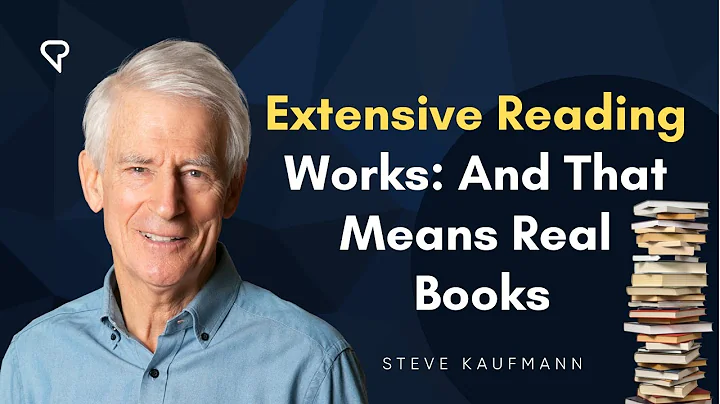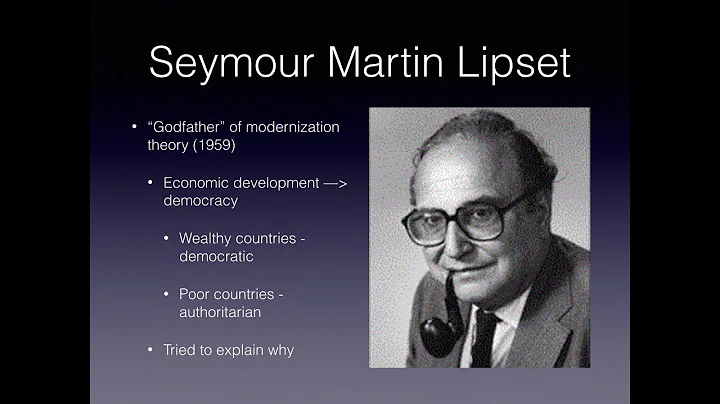Pearl habits turn disadvantages into advantages.
This is the 24th article of in the book "Fogg Behavior Model".

When reading the book "Fogg Behavior Model" and about the prompt chapter, there was a concept that deeply inspired Zhang Wei, that is "Pearl Habits".
Pearls are organic matter-containing mineral (aragonite) pellets produced in the bodies of molluscs such as pearl oysters and mussels. They are produced by endocrine effects. When small foreign matter from the outside enters the body of the pearl mussel and comes into contact with the mantle of the clam, the mantle is stimulated and secretes nacre, wrapping the foreign matter layer by layer, thus forming a pearl.
The original intention of the clam secreting nacre is to reduce pain, so every pearl is actually pain and stimulation wrapped in the clam.
Pearl Habit is derived from this. The essence of this habit is to transform originally annoying things into beautiful reminders.

Pearl habits are an attitude towards life. We will always encounter some annoying or unsatisfactory things in our work and life. Instead of complaining about life, it is better to turn these things into tips for cultivating good habits. In this way, disadvantages can be turned into advantages.
Zhang Wei decided to give the pearl habit a try.
In the first step, Zhang Wei first listed 10 things that often troubled him in his work and life. For example, the customer was late when he arrived at the appointed time; for example, there were always people jostling for the right of way while driving, for example, someone cut in line when queuing, such as the neighbor's Pigeons often fly to the balcony to poop etc.
In the second step, Zhang Wei selected the most frequent and annoying item on the list, which was to make an appointment to visit the customer. When he arrived at the customer's place, the customer always had something to do and could not meet on time.
In the third step, Zhang Wei began to explore new and beneficial habits that he could do after worrying. For example, you can read a book while waiting for customers, you can deal with other work matters, you can meditate and relax, you can take a break, and you can relax by browsing your phone.
In the fourth step, Zhang Wei selected the best option from the previous habits and established a mini habit formula. When I arrived at the client at the appointed time and found that I still needed to wait for the client, I meditated in the reception room. Relax.
The fifth step is to practice repeatedly and continuously optimize this "pearl habit".
Now, Zhang Wei discovered that although he could not control the fact that the customer was late, he could control his reaction in the moment. It's annoying for a client to be late, but he can benefit from a meditative moment of relaxation. Moreover, after continuous practice, Zhang Wei no longer felt irritable when a client was late again, and was even a little happy, because he had another chance to meditate and relax.

Zhang Wei believes that pearl habits are a kind of wisdom in life. In our work and life, we will always encounter dissatisfaction of one kind or another, which will make us feel bad, even anxious and irritable. But we can control our reactions, and control how we behave appropriately at such moments to better cope with them. Pearl Habit is a behavioral design that allows us to turn disadvantages into advantages.
So, how does manage various unsatisfactory events in work and life? Use the strategy of pearl habits, regard these things as reminders of good habits, and use beneficial mini habits to wrap up these troubles in life. With continuous practice, you can also harvest beautiful pearls in your life.


![[Extensive Reading] - The Travelling Players - DayDayNews](https://i.ytimg.com/vi/6UTGD4LQT-Q/hqdefault.jpg?sqp=-oaymwEcCOADEI4CSFXyq4qpAw4IARUAAIhCGAFwAcABBg==&rs=AOn4CLBjp_moP9cLK-Gd4XGBOBZWTBaAeg)


















